In this article, we go over what is the front of a boat called, explaining boating terminology, why it matters for navigation and safety, and how understanding basic parts of a boat can make you a more confident and responsible boater.
When you’re new to boating, the vocabulary might feel overwhelming. Words like bow, stern, port, and starboard appear in manuals, safety courses, and conversations with other boaters. Learning these terms is not just about sounding knowledgeable—it’s essential for operating your vessel safely and communicating clearly on the water.
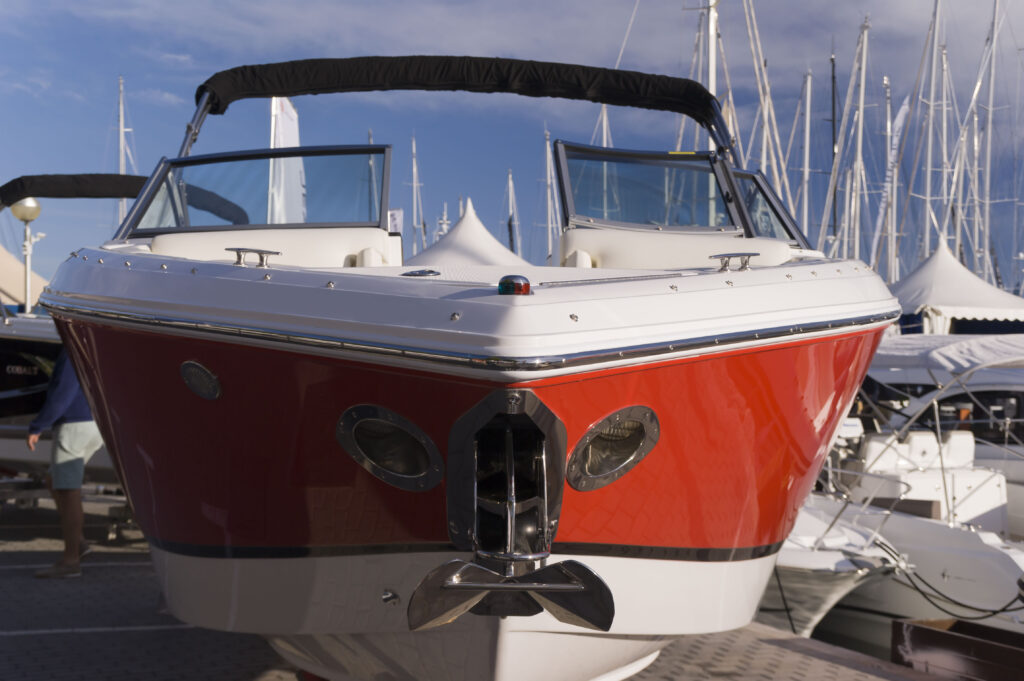
The Front of a Boat Is Called the Bow
The official term for the front of a boat is the bow. Pronounced just like it looks (like “bough” of a tree), the bow is the forwardmost part of the hull. It cuts through the water as you move and plays an important role in a boat’s performance, handling, and safety.
Knowing the term bow is crucial because it’s used universally among boaters. Whether you’re docking, anchoring, or giving commands to crew, using the correct term avoids confusion.
Why Knowing the Bow Matters
So why does it matter to know what is the front of a boat called? Because boating involves coordination. On a busy dock or during an emergency, clear communication can prevent accidents. For example:
- When a captain says, “Secure the line on the bow,” everyone knows exactly where to go.
- If a safety manual instructs you to install navigation lights on the bow, you know where they belong.
- When docking in strong winds, knowing which way the bow is pointing helps you plan your approach.
These terms aren’t just tradition—they’re part of international boating standards.
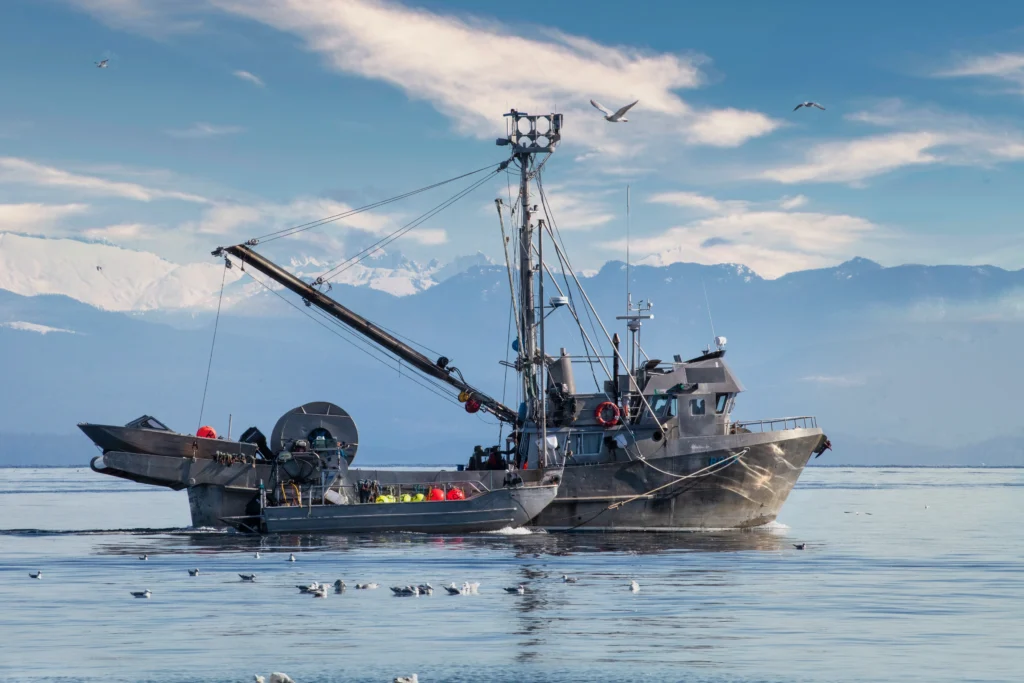
Key Features Found on the Bow
Understanding what’s typically located at the bow will give you a better grasp of boat design and function:
- Cleats and chocks: Used for tying off lines when docking or anchoring.
- Navigation lights: Red light on the port (left) side and green light on the starboard (right) side, mounted near the bow.
- Bow rails: Safety railings to prevent falls when walking forward.
- Windlass or anchor roller: On larger boats, the bow often houses the anchor and winch system.
- Seating or casting decks: On fishing boats, the bow is often designed as a casting platform or seating area.
Each of these features serves a purpose, and knowing their location makes you a more effective boat operator.
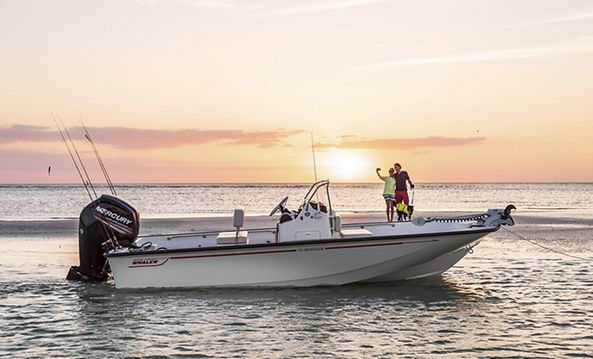
Bow Shapes and Their Impact on Performance
Not all bows are created equal. Different boat designs use different bow shapes to optimize performance:
- V-shaped bow: Common on speedboats and offshore vessels for cutting through waves smoothly.
- Flat bow: Found on jon boats and skiffs for shallow waters.
- Plumb bow: A vertical design often used on modern cruisers for added interior space.
- Raked bow: Angled backward to reduce spray and improve rough-water handling.
The bow’s design affects how the boat handles chop, speed, and stability.
The Bow and Navigation Rules
The bow plays a key role in navigation rules, especially at night or in low-visibility conditions. The red and green navigation lights mounted near the bow indicate to other boaters which direction your boat is traveling.
- Red light on the port side: Shows to other boaters approaching from your left.
- Green light on the starboard side: Shows to boaters approaching from your right.
Understanding these lights is critical for preventing collisions and is part of every basic boating safety course.
Bow vs. Stern: Understanding Orientation
To fully grasp what is the front of a boat called, it helps to contrast it with the stern, which is the back of the boat. Together, these terms establish orientation:
- Bow: Front of the boat
- Stern: Rear of the boat
From this orientation, you can easily understand port (left) and starboard (right) no matter which way you’re facing. It’s a universal system used on all types of vessels, from small fishing boats to cruise ships.
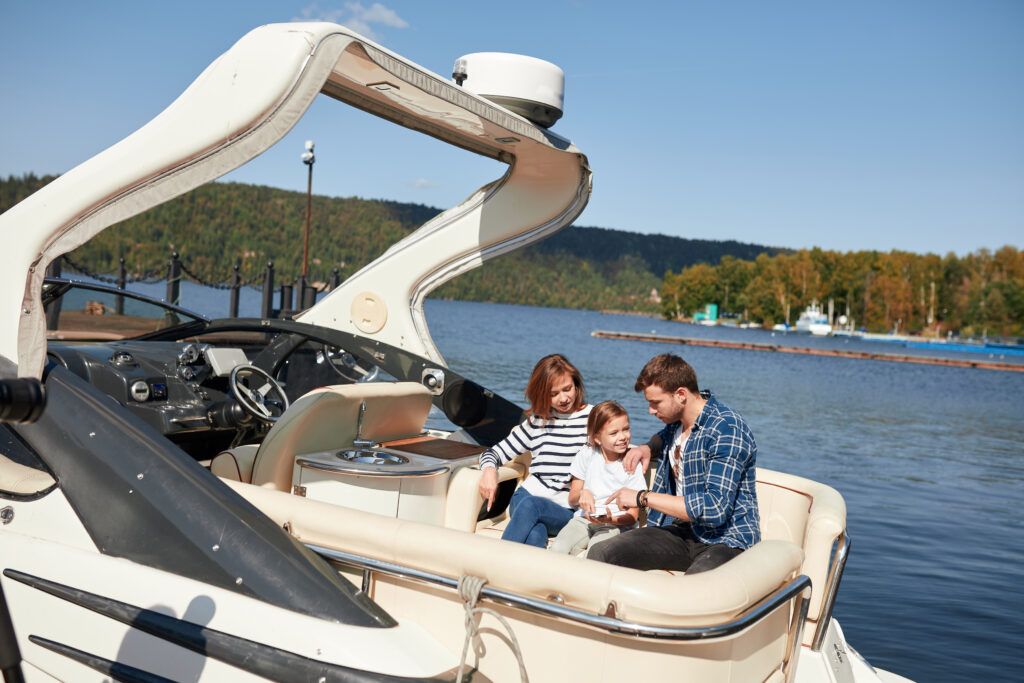
Practical Situations Where Bow Knowledge Helps
Here are a few scenarios where knowing the bow is vital:
Docking in Wind:
If the wind is pushing against your bow, you may need to adjust your approach to avoid drifting off course.
Anchoring:
Anchors are typically deployed from the bow to keep the boat facing into the wind or current, which is safer and more stable.
Towing:
Towing a boat from the bow cleats distributes force properly and prevents damage compared to towing from the stern.
Communication with Crew:
When giving instructions like “Watch the bow!” or “Bring the bow line over,” clear terminology keeps everyone coordinated.
How Understanding the Bow Improves Safety
Safety on the water often depends on quick action. Imagine a scenario where another vessel is approaching quickly, and you need to alert someone on board:
- Saying “Move forward!” could be misunderstood depending on where someone is facing.
- Saying “Move to the bow!” is clear and universally understood.
That clarity can prevent accidents, injuries, or costly damage.
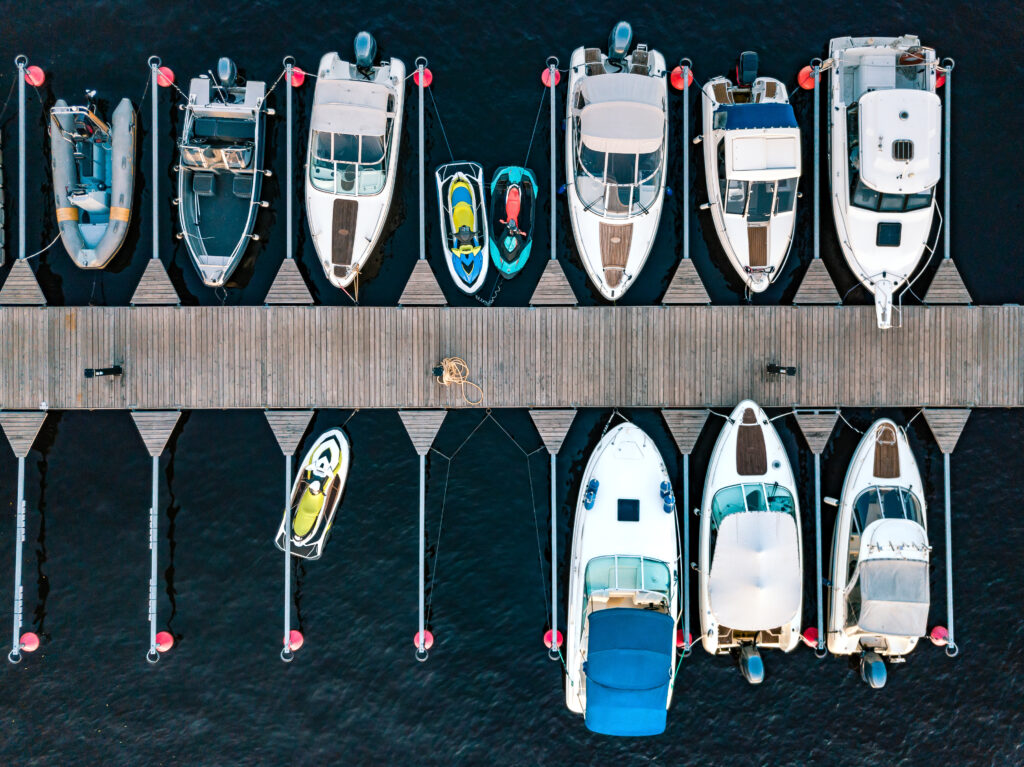
Applying Bow Knowledge to Different Boat Types
The concept of the bow is universal, but its layout varies:
- Fishing boats: Often have raised casting decks with storage compartments in the bow.
- Pontoon boats: Feature open seating in the bow area for passengers.
- Cabin cruisers: May have cabins extending into the bow with sleeping quarters.
- Sailboats: Include pulpit rails, anchor rollers, and forward sails attached at the bow.
Regardless of type, learning the bow’s features makes operating and maintaining the boat easier.

How Financing and Bow Features Relate
When financing a boat, understanding its design helps you know what you’re paying for. Boats with advanced bow features—like integrated anchor systems or high‑performance hull designs—often cost more but deliver specific benefits.
At Float Finance, we help clients assess the total value of their purchase. Whether you’re buying a bowrider, center console, or cabin cruiser, our boat financing solutions can be structured to fit your needs and budget.
Real-Life Example: Bow Features in Action
One of our clients recently financed a 24‑foot center console with a deep‑V bow designed for offshore fishing. The bow included a windlass system, recessed cleats, and spacious casting decks. Understanding these features helped the client see why the boat’s price and loan amount reflected premium design.
Another client chose a pontoon with forward lounges in the bow, perfect for family outings. We explained how these features, combined with a durable hull, impacted long-term value and made financing a smart investment.
Learning More About Boat Parts and Safety
Knowing what the bow is called is just the beginning. Taking a boating safety course or reading your owner’s manual will help you learn other terms like stern, transom, and gunwale. This knowledge builds confidence and makes you a safer boater.
For more on boating safety and loan options, our team is always here to help answer questions and connect you with resources that enhance your experience on the water.
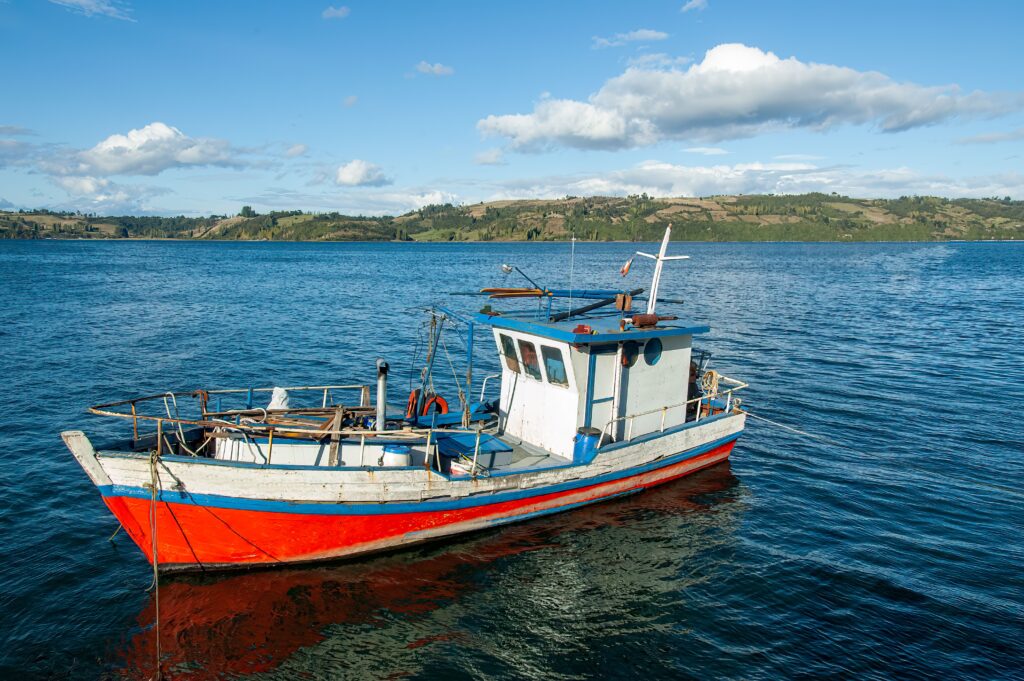
Conclusion
So, what is the front of a boat called? It’s the bow—the forward section that leads the way through the water. Understanding this term, its features, and its role in navigation helps you operate your boat safely, communicate clearly with others, and appreciate the design of your vessel.
At Float Finance, we love helping boaters of all experience levels find and finance the right boat. When you’re ready to invest in your next vessel—whether it’s a bowrider, pontoon, or cruiser—we’re here to make the financing process simple and tailored to your needs.
